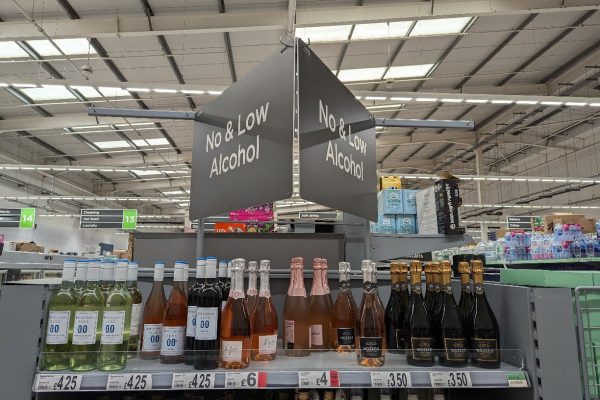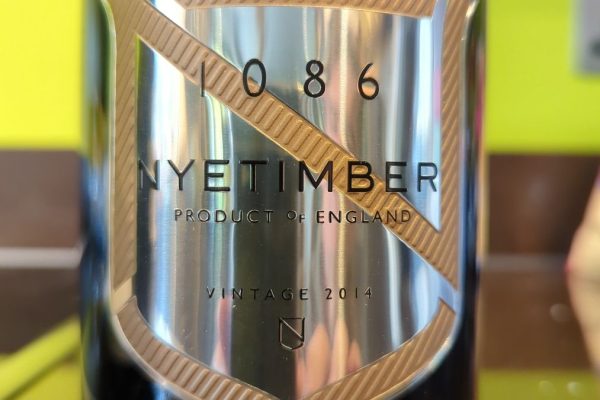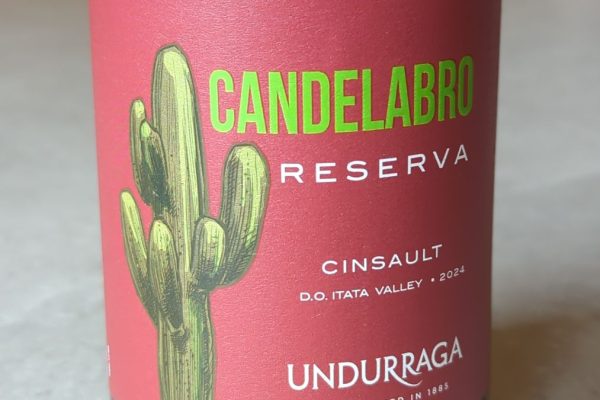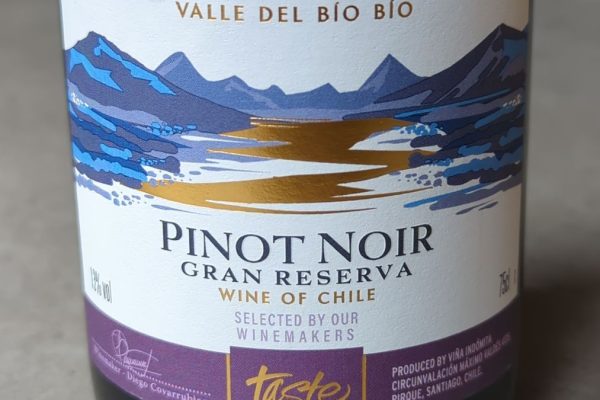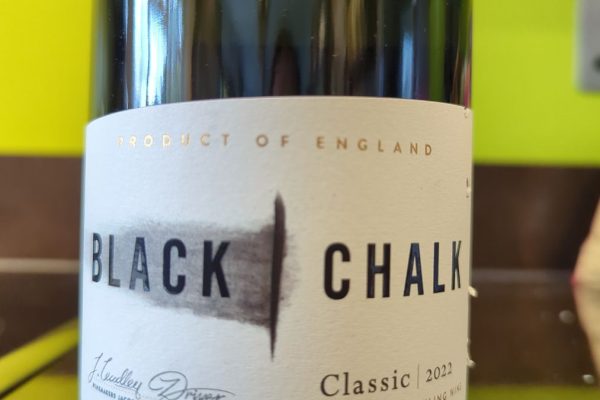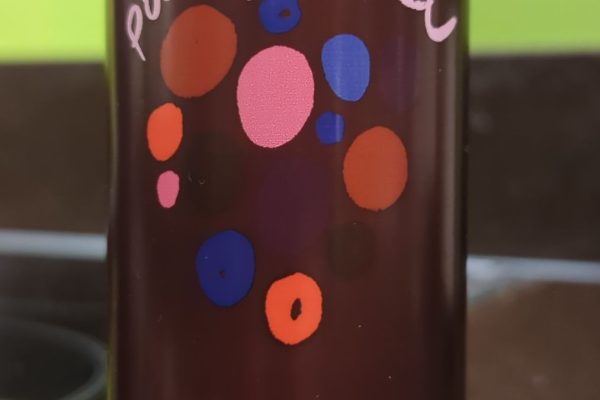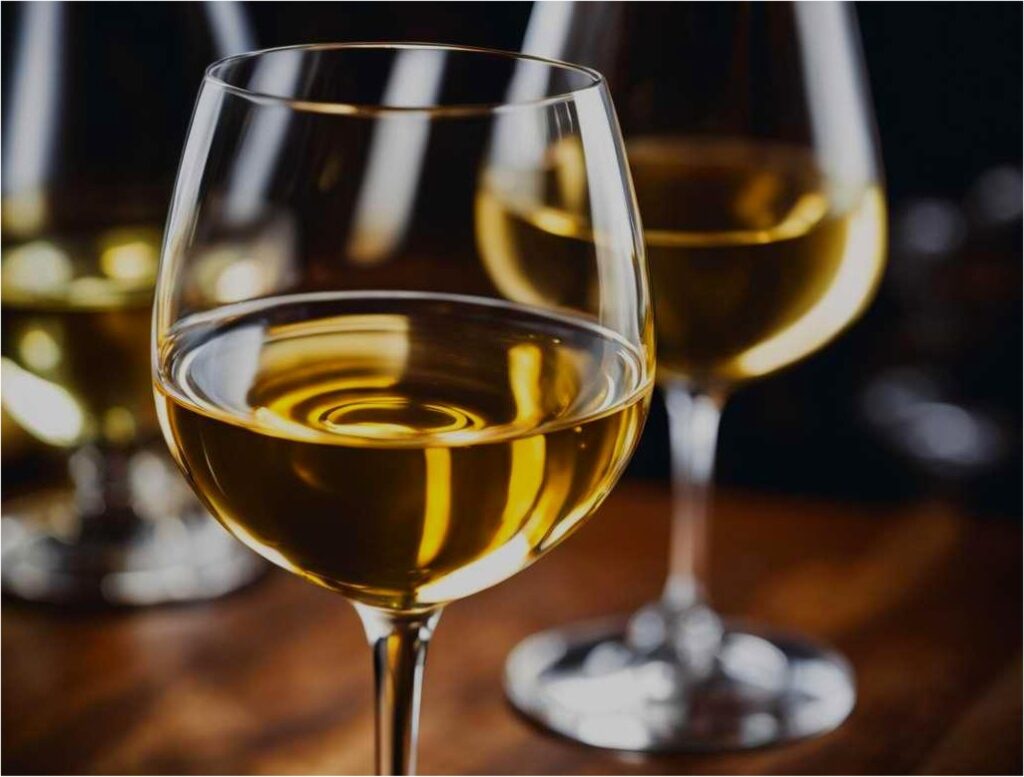
There’s new research on how bottle aging affects the sensory characteristics and quality perception of various dry white wines, specifically those made from Alvarinho, Arinto, Sauvignon Blanc and Pinot Bianco grape varieties.
A panel of experienced tasters and students assessed the wines using dark glasses to prevent colour bias, focusing on various sensory attributes such as quality, balance, complexity and evolutionary state. The study included basic physical–chemical analysis, browning measurements, elemental composition and a partial volatile fraction analysis.
The research revealed that while white wines are not typically aged, certain varieties display an unexpected aging potential. The sensory evaluation showed that aged wines develop a mellowed flavour profile, characterised by a reduction in freshness and an increase in complexity, smoothness and dryness. Despite the aging, the wines maintained a balance between their sensory attributes, contributing to a high-quality perception by experienced tasters.
The tasters were generally able to predict the age of the wines based on their sensory characteristics, although they often underestimated the actual age. This underestimation was particularly evident for wines that had aged well and retained a younger sensory profile. The study proposes the metaphor ‘mellowed by age’ to describe the beneficial flavours developed in aged white wines, countering the traditional view that dry white wines do not age well. The research provides scientific support for the aging potential of specific varietal dry white wines and suggests that sensory quality, driven by balance and complexity, can remain high even in older wines.





